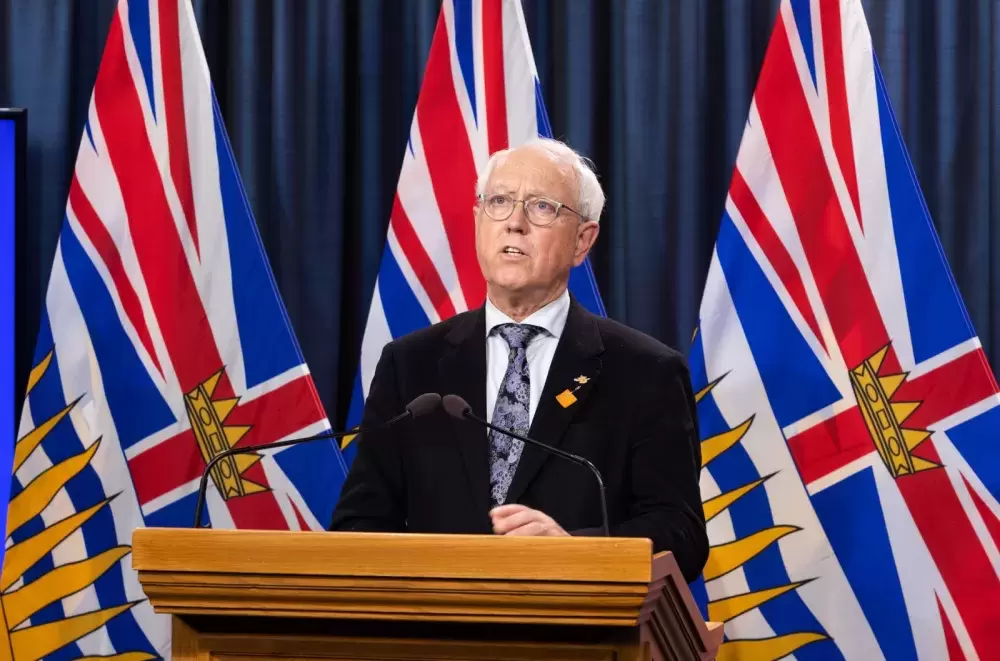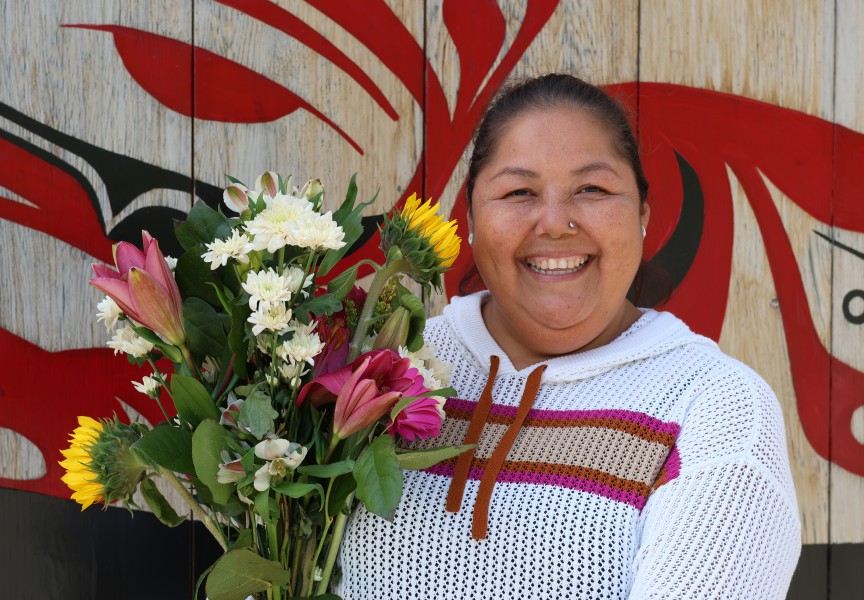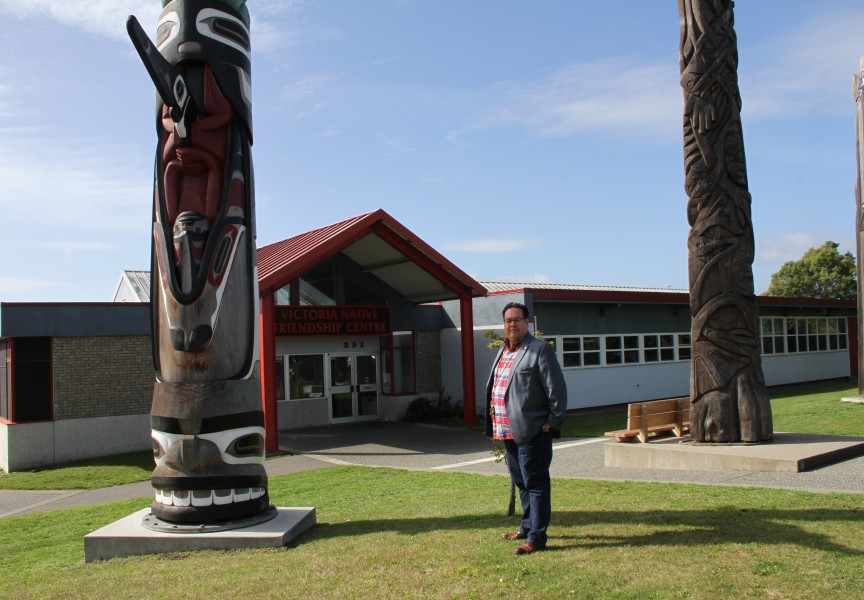In a lead up to National Indigenous Peoples Day, the province is supporting First Nations language and culture revitalization through nearly $35 million in new funding towards the First Peoples’ Cultural Council (FPCC) and the First Peoples Cultural Foundation (FPCF).
The funding will support FPCC and FPCF with their programming to document, safeguard, and rebuild Indigenous cultural systems to share with future generations, said Lorna Wánosts’a7 Williams, First Peoples’ Cultural Foundation board chair.
“Languages, arts, cultures and heritage are the lifeblood of our communities and integral to our well-being – individually and collectively,” she said in a release.
Colonial practices and policy have had “devastating outcomes” for Indigenous communities, said Minister of Indigenous Relations and Reconciliation Murray Rankin.
The residential school system effectively tried to “extinguish Indigenous language, culture and heritage,” he said.
“The need to address the revitalization and normalization of Indigenous languages and knowledge systems is urgent, especially given the pandemic and climate change-related events that disproportionately affected Indigenous communities,” Rankin added.
The United Nations General Assembly has declared 2022 to 2032 the International Decade of Indigenous Languages in a bid to emphasize the critical state of Aboriginal dialects across the world.
British Columbia accounts for about 60 per cent of the First Nations languages in Canada. There are currently 34 Indigenous languages within the province. Of those, three per cent of the reported First Nations population are fluent speakers, according to the 2018 report on the status of B.C. First Nations languages.
Deb Masso leads weekly language classes and works as a language digital archivist for Tla-o-qui-aht First Nation.
As a young girl, Masso said her parents never spoke Nuu-chah-nulth to her. Sometimes, she said, they would quietly speak it to each other in another room.
It was a behaviour learned in residential school, she said.
Although she didn’t recognize its value at the time, Masso was exposed to Nuu-chah-nulth by her grandfather, who regularly spoke it to her until he passed when she was 17 years old.
It took more than 20 years before it re-entered her life. She gets emotional just thinking about it. For Masso, the Nuu-chah-nulth language has given her a “whole sense of fulfilment” in who she is.
“Our language is rooted in the land,” she said. “It’s rooted in the animals, in the sky and in the universe – that’s why it is so respectful. Our people come from that. Our ancestors lived [like] that.”
Tla-o-qui-aht First Nation Education Manager Iris Frank said that it only took four generations to “dilute” the Tla-o-qui-aht dialect of Nuu-chah-nulth to 98 per cent English.
“And it’s going to take five to six generations to bring it back,” she said. “Language is not a program. It shouldn’t be something that we need to apply for funding for every year.”
Frank said she can count on one hand the number of fluent speakers that remain within Tla-o-qui-aht.
This stark reality does not dissuade the nation’s revitalization efforts.
“We have great mountains that we have to climb,” said Masso. “We're still climbing them. But we are having more success. Every single day, we open up an ear, we open up a mind, we open up a heart. We’re keeping at it – it's so important to the future of who we are as a nation.”
As part of this funding, the Ministry of Advanced Education and Skills Training is providing $2.6 million to FPCC’s Youth Empowered Speakers (YES) program.
The program offers First Nations students who are studying education and early childhood education one-on-one mentoring in their Indigenous language, with funding to support their post-secondary studies.
“Investing in future generations of language learners not only benefits today’s First Nations youth by providing them with a comprehensive skill set for life in the workforce, but it also nurtures the development of language-immersion skills through relationships across generations that last a lifetime,” said Anne Kang, Minister of Advanced Education and Skills Training, in a release.
The number of young learners is increasing. In 2018, there were 13,997 new learners – 78 per of cent of which were under 25 years old, according to the status of B.C. First Nations languages report.
Throughout 2020 and 2021, FPCC provided over $20.4 in grants, supported more than 4,150 language-immersion opportunities, documented 182 cultural practices and involved 940 people in arts projects.
Recognizing Indigenous language addresses calls to action from the Truth and Reconciliation Commission of Canada, the National Inquiry into Mission and Murdered Indigenous Women and Girls Call for Justice, United Nations Declaration on the Right of Indigenous Peoples, and B.C.’s Declaration on the Rights of Indigenous Peoples’ Act.
At 63 years old, Masso said fluency is her goal.
“And I know I’m reaching there,” she said.
Language revitalization is more than documenting old recordings, Masso said.
It’s providing resources to “ensure there are fluent speakers in the future,” she said.
“We’re trying to get back this language that is foreign to many of our people,” Masso said. “We’re not giving up. Little by little, I see our people getting there.”







